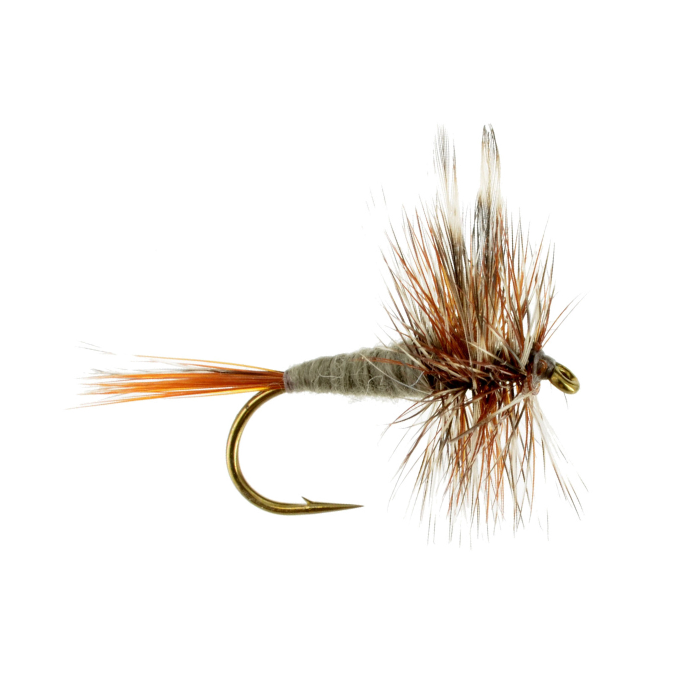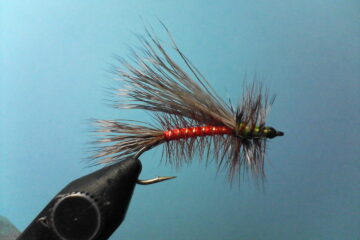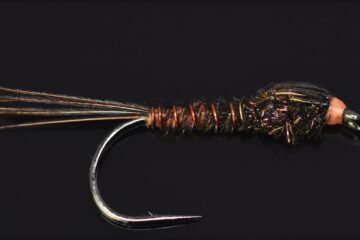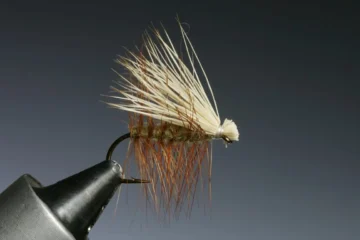Adams Dry Fly

Disclosure:
We are a participant in affiliate advertising programs designed to provide a means for us to earn commissions by linking to affiliated sites. As a partner of these programs, we may earn from qualifying purchases made through the links on our website. Thank you for your support!
The Adams Dry Fly is one of the most famous dry flies in the world of fly fishing. It has been around for many years and has proven its effectiveness in a wide range of fishing conditions and environments. It mimics a variety of insects that trout feed on, including mayflies, caddisflies, and stoneflies.
On top of all of that, the fly is relatively easy to tie, making it a popular choice among anglers who tie their own flies. The versatility and ease of tying, along with its effectiveness as a fly, have made it a go-to fly in many fly fisherman’s tackle boxes.
History of the Adams Dry Fly
It was first tied by Leonard Halladay in the 1920s and was named after Charles Adams, a noted fly tier and fishing guide of the time. The Adams Dry Fly quickly became popular among anglers for its simple, versatile design, which allowed it to imitate a variety of insects that trout feed on.
The original design of the Adams Dry Fly called for a light-colored hackle and a hair wing, with a tail of either deer or moose hair. Over the years, many variations of the fly have been developed, but the basic design remains largely unchanged. Today, this fly is considered one of the essential flies for any angler’s fly box, and is still widely used by fly fishermen all over the world.
Abilities / Uses of Adams Dry Fly
The Adams Dry Fly is a simple, neutral design. It features a hackle of either a light or dark color, with a hair wing that provides buoyancy and a tail that gives the fly some movement in the water. This simple design makes it an effective impersonation of multiple insects, and the neutral coloration makes it a good choice for clear water, where the fish are usually cautious.
As for when to use the Adams Dry Fly, it is often considered a good choice for a variety of fishing conditions and environments, such as:
- When fishing for trout in streams, rivers, and lakes
- During the hatch of various insects, such as mayflies, caddisflies, and stoneflies
- When fishing in clear water where the fish may be wary
- When fishing in low light conditions, such as early morning or late evening
It’s worth noting that the specific conditions and environment will impact the effectiveness of any fly, and may not always be the best choice for every situation. However, its versatility and proven track record make it a good choice for many anglers in a variety of fishing conditions.
Your Gear Guide Thoughts
The popularity of the Adams Dry Fly can be attributed to its versatility and effectiveness, as well as its ease of tying. The simple design and neutral coloration make it a good choice for a wide range of fishing conditions, and its ability to imitate a variety of insects has made it a go-to fly for many anglers for nearly a century. It is a must-have for any fly fisherman box.




0 Comments